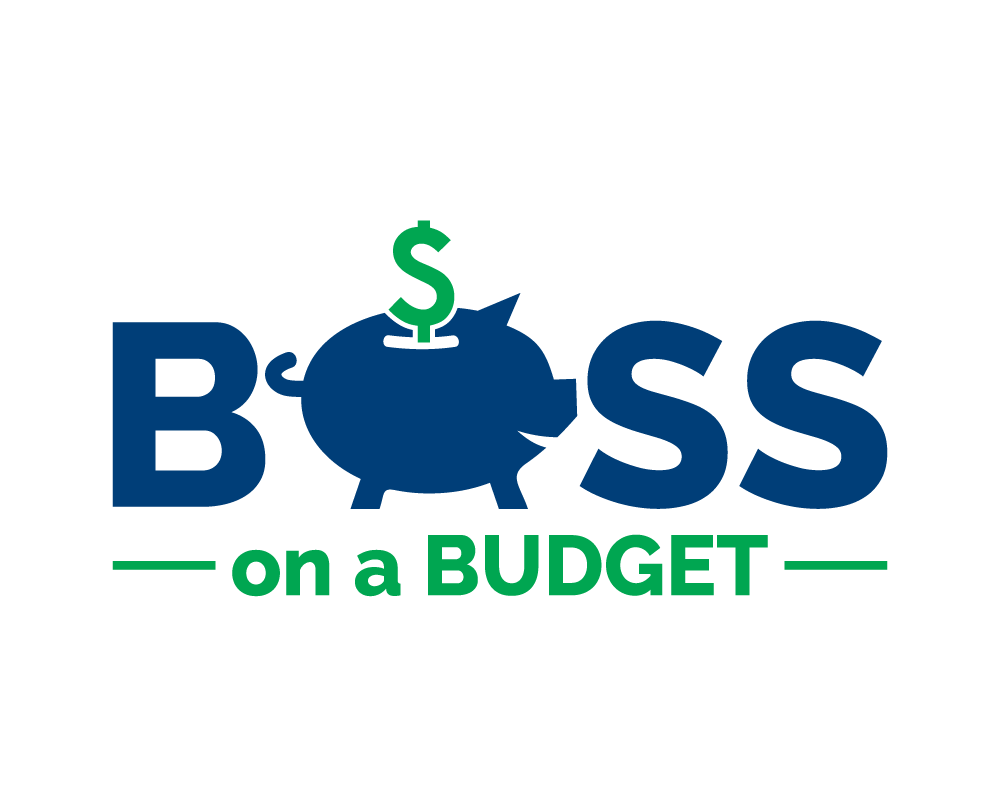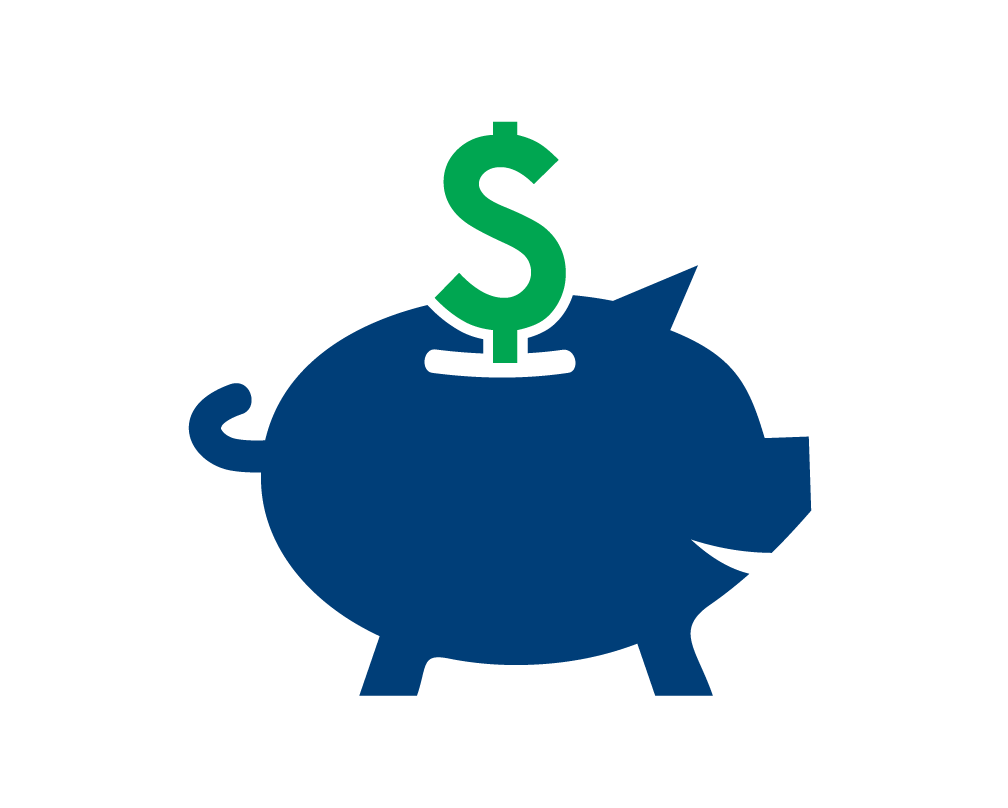Dos and Don'ts for Starting a New Nonprofit Newsletter
Guest post written by Fifty & Fifty.
Chances are, you use email or direct mail to communicate with your nonprofit’s supporters regularly. After all, these channels help you raise money for your cause, recruit volunteers, retain donors, and keep essential stakeholders in the loop about your organization.
However, flooding your recipients with information may overwhelm them and dissuade them from engaging with your cause in the future. That’s why creating messages that are comprehensive and user-friendly is crucial for connecting with supporters.
That’s where newsletters come in. Kwala suggests using this format to convey detailed information in an appealing and navigable layout, empowering supporters to find what they need to know in a fraction of the time it would take to pore over your website.
In this guide, we’ll discuss how to craft a newsletter for your nonprofit that your supporters look forward to receiving via email or direct mail. Let’s dive in!
Do: Segment Your Audience
Casting a wide net during outreach helps you grow your mailing list but isn’t the best strategy for sending communications that resonate. After all, your audience has a variety of preferences, interests, and emotional connections to your cause.
Segmentation is a useful method for personalizing your newsletter without spending too much time doing so. First, your nonprofit decides which segments you’ll target for each newsletter mailout. Then, you’ll tailor the content of these different newsletters to appeal to different segments.
For instance, let’s say your priority for this month’s newsletter is to improve volunteer recruitment. You might send a newsletter to a segment of existing volunteers stressing the importance of recruiting their friends and families. Then, you can create a more educational newsletter to supporters who haven’t volunteered before, telling them about what your program is like and how to sign up.
To get started, consider these standard newsletter segmentation criteria that your team might use:
Demographics
Psychographics (i.e., interests, motivations, and pain points)
Engagement level
Donation history
Preferred communication channel
Geographic location
Do: Test Subject Lines
64% of recipients open or delete an email based on the subject line alone. Fortunately, you can discover which subject line strategies work best for your audience using the A/B testing model. With this method, you send two subject lines to different groups and track open rates for each. Then, you would know which strategy is better at captivating recipients.
Let’s look at an example A/B email marketing campaign for an upcoming fundraising event:
Subject line A: Join us in making a difference—Register for our gala today!
Direct call to action appeals to recipients inspired by impact.
Subject line B: Be part of something bigger—Save your spot at our gala today!
Community-oriented tone appeals to recipients who want to contribute to a larger goal.
Running an A/B campaign can be labor-intensive, especially if you have numerous strategies you’d like to try. Fifty & Fifty suggests either using a comprehensive email campaign management software or outsourcing the work to a nonprofit marketing agency so you don’t miss any critical insights.
Don’t: Rely On Text Alone
Your supporters are likely inundated with hundreds of messages daily between email and direct mail. That said, if your communications aren’t as eye-catching as possible, you could fall victim to the overall decline in email engagement the nonprofit sector has seen in the past year.
Adding multimedia elements to your newsletter helps make your communications memorable for your audience. Here are some multimedia elements you might consider adding to a digital newsletter:
Embedded videos
Interactive polls
Branded animations or gifs
Educational infographics
It can be a bit more challenging to incorporate multimedia into direct mail newsletters. You can start by using high-quality prints and graphics that complement print media. Also, add interesting tactile elements to your newsletter, such as fold-outs or pop-ups, to make interacting with the newsletter an experience in itself. You can also integrate a digital aspect by including a QR code that recipients can follow to learn more information.
Don’t: Bombard Supporters with Messages
As previously mentioned, adding to the flood of communications your donors receive each day won’t help you secure their attention or their loyalty. Sending newsletters at strategic integrals keeps your recipients interested and informed without wearing them down. Ensure your newsletter schedule isn’t overwhelming by:
Sticking to a schedule. Newsletters are usually sent on a regular basis (normally once a month) with general updates. If you have a specific event or campaign coming up, you might increase your newsletter frequency to twice a month.
Listening to supporters. Cover your strategy’s blind spots by reaching out to newsletter recipients and asking for their opinions on your newsletter’s frequency. Remember to keep any audience segments you have intact in case there are any trends specific to certain audiences.
Making notifications customizable. Some organizations allow email list recipients to decide which types and frequencies of messages they want. Instead of having just two options of subscribe or unsubscribe, you can meet recipients in the middle to retain their readership on their terms.
To streamline the process of writing and sending newsletters, preload your templates into your email management system and schedule your emails to be automatically sent ahead of time. That way, you’ll never miss a scheduled post—your recipients will appreciate your consistent and predictable cadence.
Whether you’re fundraising, sharing your impact report, or simply checking in with your supporters, a newsletter has you covered. As long as you stay consistent with your brand identity, take supporters’ advice, and make your messages as unobtrusive as possible, your newsletter can engage the right audience and significantly impact your mission.

